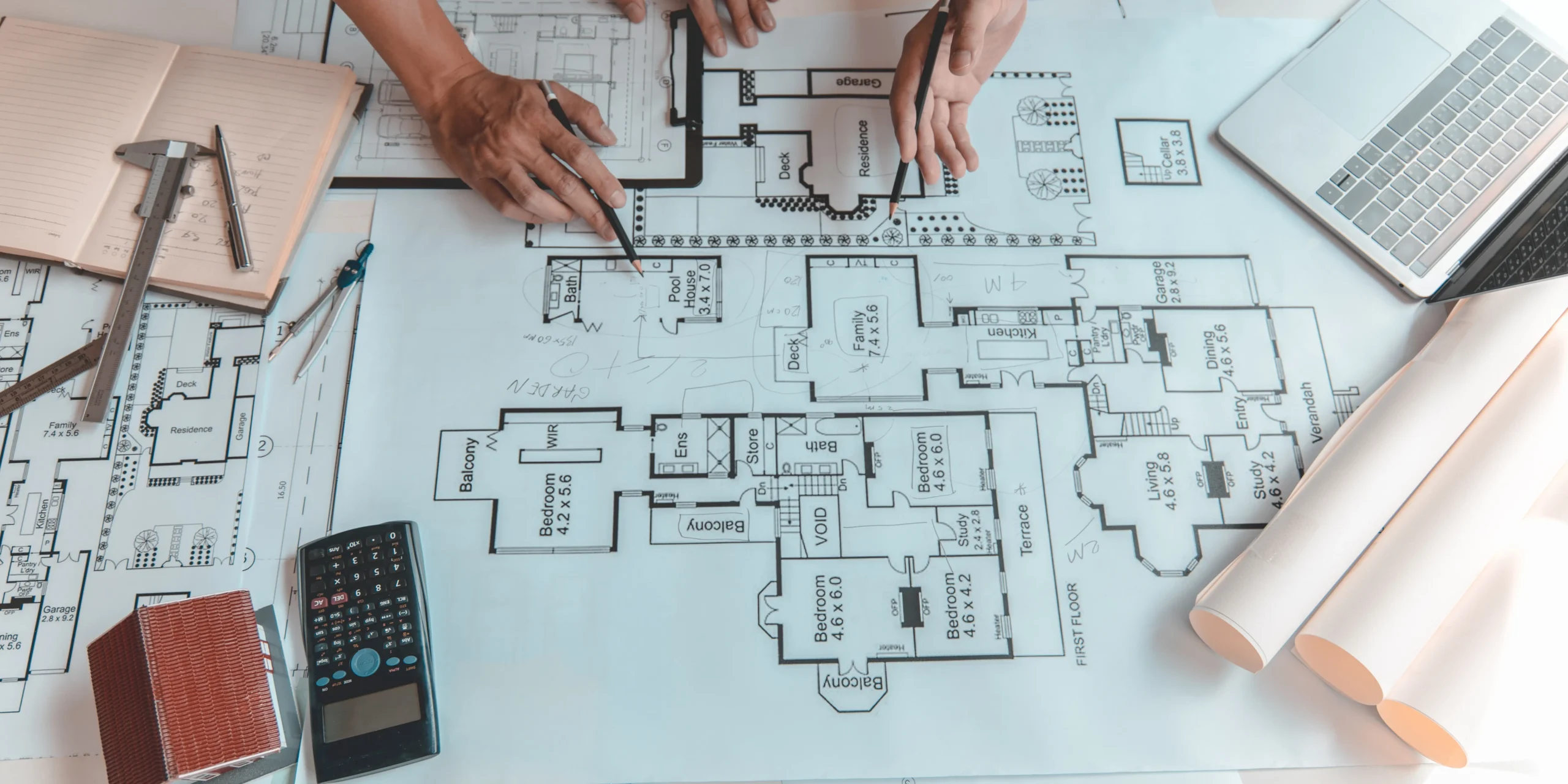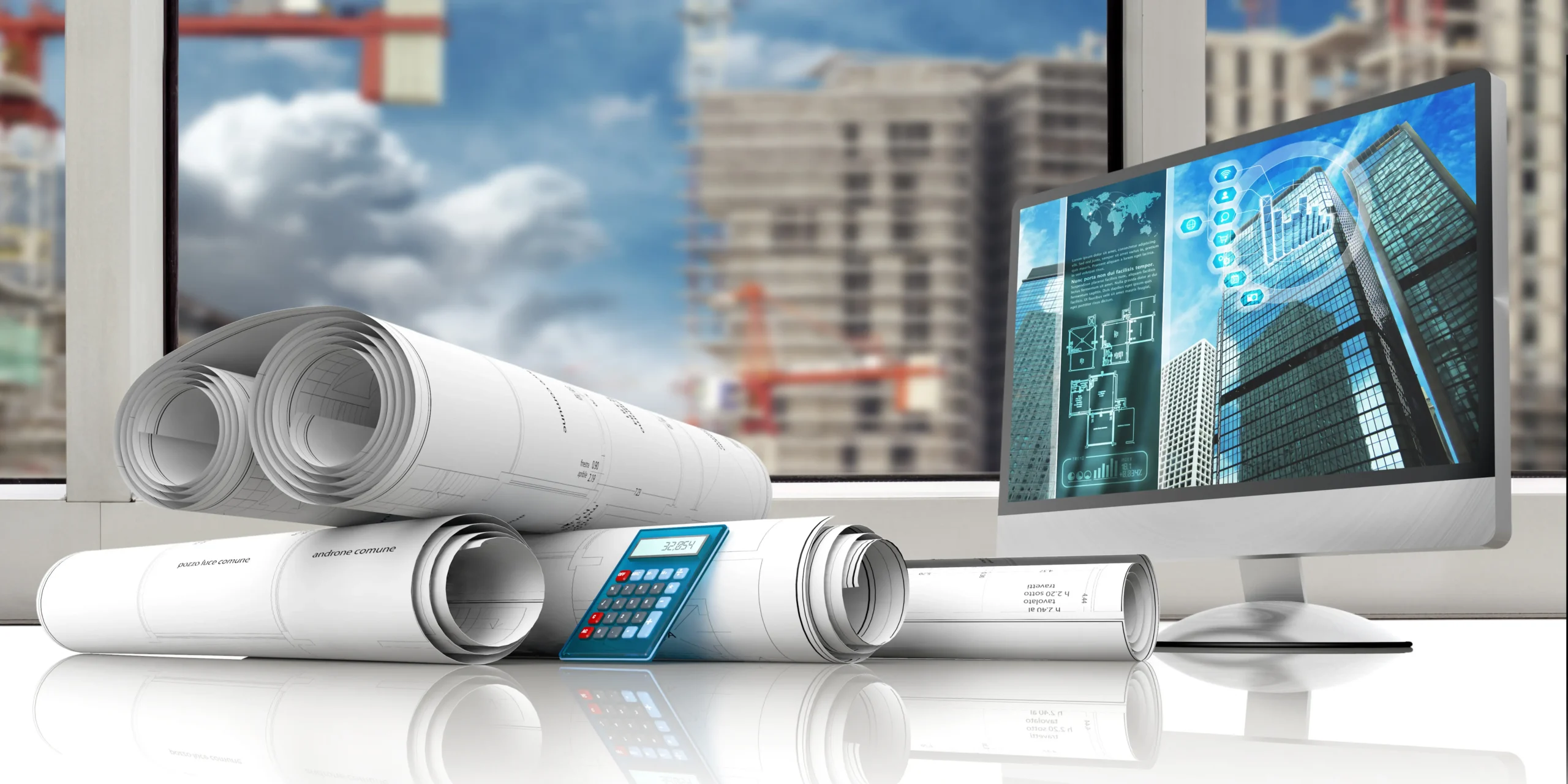Why is Scan to BIM Important for Historic Building Renovations?
Why is Scan to BIM Important for Historic Building Renovations?

In historic building renovations, ensuring accuracy and maintaining the original structure’s integrity is paramount. This is where the concept of Scan to BIM (Building Information Modeling) comes into play. BIM technology is an advanced and innovative approach to planning, designing, constructing, and managing buildings and infrastructure. The integration of advanced scanning technologies with BIM has revolutionized the way architects, engineers, and conservationists approach the restoration and preservation of historic buildings. Based on recent market analysis, the global building information modeling market was valued at $7.9 billion in 2022. It is projected to reach $34.2 billion by 2032, with a projected annual growth rate of 16% from 2023 to 2032 during the building information modeling market forecast. This blog post delves into the significance of Scan to BIM in historic building renovations, exploring its benefits, applications, and the transformative impact it has on the preservation of our architectural heritage.
What is scan to BIM?
Scan to BIM (Building Information Modeling) is a process that involves capturing the physical characteristics of a building or site using 3D laser scanning or other reality capture technologies and then converting that data into a detailed and accurate digital 3D model. The process begins with laser scanners, which emit millions of laser points to measure distances and create a point cloud—a dense collection of data points that represent the building’s surfaces. This point cloud data is then imported into BIM software, where it is used to create an accurate and detailed 3D model of the building.
The Role of Scan to BIM in Historical Renovations

- Accuracy and Detail: Historic buildings often come with intricate details and unique architectural features that need to be preserved during renovations. Traditional surveying methods might miss or inaccurately capture these details. Scan to BIM ensures a high level of accuracy by capturing every minute detail, from ornate moldings to structural deformations, allowing for precise replication and restoration.
- Comprehensive Documentation: One of the primary challenges in historic building renovations is the lack of comprehensive documentation. Old buildings may have incomplete or outdated blueprints. Scan to BIM creates a digital archive of the current state of the building, providing an invaluable resource for conservationists. This documentation helps in understanding the building’s original design and any subsequent modifications.
- Risk Mitigation: Renovating historic buildings involves significant risks, especially when dealing with structural integrity. BIM modeling solutions allow for a thorough assessment of the building’s condition, identifying potential problem areas such as cracks, deformations, or structural weaknesses. By having this information upfront, restoration teams can plan interventions more effectively, reducing the risk of unexpected issues during the renovation process.
- Preservation of Authenticity: Maintaining the authenticity of historic buildings is crucial. Scan to BIM allows for precise replication of original features, ensuring that any interventions are in harmony with the building’s historical and architectural context. This technology helps preserve the authenticity of the structure, maintaining its cultural and historical significance.
- Enhanced Collaboration: Historic building renovation projects often involve multiple stakeholders, including architects, engineers, conservationists, and government bodies. Scan to BIM facilitates enhanced collaboration by providing a central, accurate, and up-to-date model that all parties can access. This shared resource helps in coordinating efforts, making informed decisions, and ensuring everyone is on the same page.
Applications of Scan to BIM in Historic Renovations
- Structural Analysis and Integrity Assessments: By creating a detailed 3D model, engineers can perform simulations to understand the impact of proposed changes, analyze load-bearing capacities, and plan structural reinforcements without compromising the building’s integrity.
- Conservation Planning: The models provide insights into the materials used, construction techniques, and areas that need preservation. This information is crucial for developing conservation strategies that respect the building’s historical value.
- Integration with Modern Technologies: Scan to BIM allows for the seamless integration of modern technologies such as HVAC systems, electrical wiring, and plumbing. By mapping out these elements in the BIM model, engineers can design upgrades that are minimally invasive and do not detract from the building’s historical character.
Case Studies: Successful Applications of Scan to BIM
- Sydney Opera House, Australia: The Sydney Opera House, a UNESCO World Heritage site, underwent significant renovations to upgrade its facilities while preserving its iconic design. Scan to BIM was used to create detailed models of the structure, enabling the integration of modern systems without altering the building’s external appearance. The project highlighted the efficiency and precision that Scan to BIM brings to complex historic renovations.
- The Palace of Westminster, London: The Palace of Westminster, home to the UK Parliament, is undergoing a major restoration project. Scan to BIM has been used extensively to document the building’s intricate details and structural conditions. The comprehensive BIM models are guiding the restoration efforts, ensuring that this historic building is preserved for future generations.
ProtoTech’s Expertise at Work

ProtoTech Solutions has been at the forefront of integrating Scan to BIM with Revit modeling to ensure historic buildings are preserved and adapted to meet today’s needs. Here’s how we do it:
- Creating Revit Models: The scan data is then imported into Revit, which is used to create detailed 3D models of the building. These models are not just static images; they are rich in data that can be used for analysis, planning, and simulation of restoration processes.
- Analysis and Planning: Using the BIM environment, ProtoTech Solutions analyzes structural integrity, historical accuracy, and modern compliance. This analysis informs the planning process, helping ensure that any proposed changes or restorations maintain the integrity and spirit of the original architecture.
- 3D Modeling: Using the processed point cloud data, a detailed 3D model is created in a BIM software platform. This involves converting the point cloud into solid objects and adding detailed information about the building elements (such as walls, floors, windows, and doors).
- Accurate Documentation and Analysis: Documenting historic buildings in detail helps in their preservation and restoration by providing a precise digital record.
- Collaborative Review: The BIM model facilitates stakeholder collaboration, including conservation experts, construction managers, and regulatory bodies. This ensures that all perspectives are considered and the best restoration methods are applied
At ProtoTech Solutions, we support our clients with complete BIM modeling solutions that offer Revit family creation, quantity take-offs, model creation for BIM clash detection & resolution, all LOD (Level of Detail), 3D, 4D, and 5D support, and model phasing, Point Cloud to BIM, PDF to BIM conversions, CAD to BIM, CAD to Revit, structural analysis and more.
Conclusion
The integration of Scan to BIM technology with Revit modeling significantly improves the preservation and restoration of historic buildings. ProtoTech’s expertise in Scan to BIM Services helps to safeguard our architectural heritage and propel it into the future without compromising its essence. The use of such advanced technologies in historical renovations will likely become the standard, ensuring that we can continue to honor and preserve our past while meeting the needs of the present and future. This combination of tradition and innovation enables us to commemorate our history while making it accessible and meaningful for future generations.
